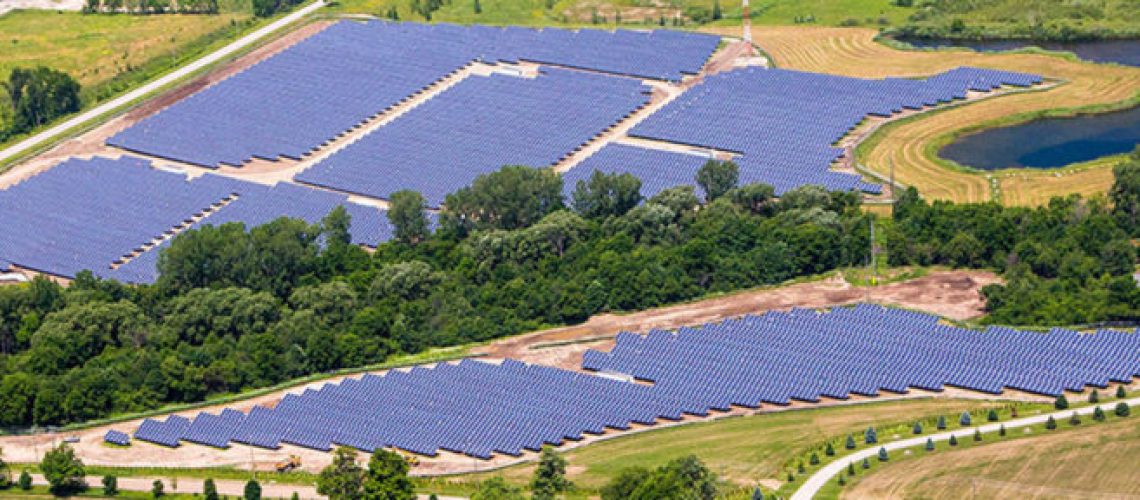Rural land for renewable generation should be considered as a last resort, developers should restore environments post-project, and hosting “site objections” should be considered, the Ontario Federation of Agriculture (OFA) says in its submission regarding proposed renewable energy legal changes in the Canadian state of Ontario.
From pv magazine Global
The OFA – representing 38,000 farmers – submitted feedback in December over proposed changes to the government of Ontario’s Electricity Act in the Canadian province.
According to the Environmental Registry of Ontario, the government of Ontario is proposing to “accelerate” new electricity generation in the renewable-rich province, which installed 2.7 GW of solar in 2022.
Changes center on commercial and industrial customers being able to offset their electricity demand by establishing power purchase agreements (PPAs) with renewable generation facilities, spanning wind, solar, biofuel, battery storage and hydropower less than 10 MW.
OFA submitted written feedback to the policy change, which included seven recommendations.
The OFA said regulators prioritizing energy and storage infrastructure sited on commercial and industrial land should “discourage” projects sited on land with certain soils; “prime” agricultural areas, as well as lower priority agricultural lands and rural land, should be considered as a last resort for renewables to protect “Ontario’s finite and declining farm lands”; and developers should be “contractually obligated” to restore environments and land after a renewable project is decommissioned or in the case of a “system failure event.”
Programs establishing net metering systems “must” include collaboration between developers, landowners, local government and the public; and there should be improved public engagement to “encourage compromise between grid capacity restrictions limiting site options, and host site objections,” the OFA said.
Community consultation ran from Nov. 2 to Dec. 17, 2023, with the proposed start date for the amendment change slated for May 1, 2024.
The amendment follows the release of the government’s Powering Ontario’s Growth plan in 2023, which aims to procure 4 GW of new electricity, support new investments, electrify the economy and power 1.5 million new homes to house the province’s growing population. Planning the state’s next competitive electricity procurement process – focused on wind, solar, hydroelectric, batteries and biogas – is one of the policy prongs.
Meanwhile, the Canadian Renewable Energy Association (CanREA) last month welcomed the news that the Government of Ontario’s Independent Electricity System Operator (IESO) would procure 5 GW of new wind, solar and other forms of renewable energy in a new tender exercise. The move will provide “long-term procurement certainty for the market,” according to CanREA.
“This announcement provides a clear signal to our members that Ontario is ready for new renewable projects,” said CanREA’s director for Ontario, Eric Muller. “This procurement will be a significant opportunity for our members to develop low-cost wind, solar and energy storage in Ontario to meet the province’s growing needs.”
Canada recorded 4.4 GW of solar installed capacity at the end of 2022, according to the International Renewable Energy Agency (IRENA).



